Whether you're an artist, photographer, interior designer or just looking to frame your favourite artwork, understanding picture framing terminology is essential. This guide covers key terms commonly used in the framing industry to help you make an informed decision when selecting from our wide range of picture frames.
Acid-free materials
Archival-quality materials free from acids, preventing artwork from discolouration and deterioration over time.
Box frame
A deep shadow box frame designed to hold three-dimensional artwork or memorabilia, adding depth and dimension to framed displays.
Bumper pads
Small pads attached to the corners or back of a frame to protect walls and improve air circulation behind it.
Canvas floater frame
A type of picture frame designed to display stretched canvas prints, creating a floating effect by leaving a gap between the artwork and the frame edges.
Closed corner frame
A seamless frame with finished corners, providing a refined, high-end look – popular for gallery-quality framing.
Conservation framing
A professional picture framing technique using acid-free materials, UV-protective glazing and reversible mounting to preserve artwork and prevent damage.
D-rings
Metal loops attached to the back of a frame, used for securing hanging wire and ensuring stability when mounted.
Dry mounting
A technique where artwork is permanently affixed to a backing board, commonly used for posters, prints and non-archival framing.
Fillet
A narrow decorative moulding inserted inside a frame or mount to create a layered, sophisticated effect.
Float glass
A standard type of clear glass used in picture frames, offering basic UV protection and clarity.
Float mounting
A technique where artwork is positioned on top of a mount rather than behind it, creating a floating effect.
Frame profile
The cross-sectional shape and style of a frame, defining its depth and overall design.
Gallery frame
A sleek, minimalist frame style – often used for modern artwork and photography.
Giclée
A high-quality printing process using inkjet technology to reproduce artwork with exceptional detail and colour accuracy – commonly used for fine art prints.
Glazing
A transparent covering (typically glass or acrylic) placed over artwork in a frame to protect it from dust, moisture and UV rays.
Glazing points
Small metal tabs that hold artwork, frame mounts and glazing securely in place within a picture frame.
Hinge mounting
A reversible picture framing technique where archival-quality hinges are used to attach artwork to a mount without permanent adhesion.
Lignin-free materials
Archival-quality materials free from lignin (a natural plant compound), preventing discolouration and deterioration over time.
Miter cuts
Angled cuts (typically 45 degrees) made at the ends of moulding pieces to create seamless, strong corner joints.
Mount/mat
A decorative and protective border placed around artwork within a frame, preventing direct contact with glazing.
Mount/mat burn
The yellowing of artwork edges caused by acidic mounts – preventable with acid-free framing materials.
Mount/mat depth
The thickness of a mount, typically ranging from 1.4mm (standard) to 2.4mm (deep).
Moulding
The material used for the outer frame, available in various styles, widths and finishes to complement different artwork.
Multi-aperture
A framing style with multiple openings in one frame, designed to display several pieces in a cohesive layout.
Museum glass
A premium picture frame glazing option offering maximum UV protection (99%) and anti-reflective properties – ideal for high-end picture framing.
Non-reflective glass
Glass that’s been specially treated to reduce glare, improving visibility in bright spaces.
Open-back frame
A picture frame sold without backing or glazing, allowing for custom framing and mounting.
Picture wire
A strong metal wire used to hang framed artwork securely, attached to D-rings or mounting brackets.
Polynate
An eco-friendly material made from up to 95% recycled polystyrene that’s also fully recyclable at the end of its lifecycle, offering a sustainable alternative to wooden picture frames.
Rebate/rabbet
The recessed area at the back of a frame that holds the glazing, artwork and backing materials in place.
Rebate/rabbet depth
The depth of the rebate, determining how many layers of materials can be fitted inside a frame.
Recycled moulding
A framing material made from recycled or reclaimed wood, offering a sustainable framing solution.
Sawtooth hanger
A serrated metal hanger attached to the back of a picture frame, allowing for easy wall mounting.
Spacer
A small component, often made from wood or plastic, placed between the artwork and glazing to prevent direct contact and protect delicate materials.
Strutback
A hinged, easel-like stand on the back of smaller picture frames, enabling them to stand upright on a flat surface.
V-groove
A decorative groove cut into a frame mount, adding depth and visual appeal to a framed presentation.
Create your perfect frame at Readymades
Whether you're looking for custom frames for artwork, photographs or retail displays, Readymades offers high-quality framing solutions tailored to your needs.
Explore our wide selection of picture frames, or use our custom frame builder to design your perfect frame.
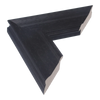 Artistic
Artistic
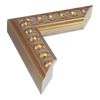 Beaded
Beaded
 Box
Box
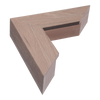 Chunky
Chunky
 Colourful
Colourful
 Contemporary
Contemporary
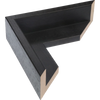 Deep
Deep
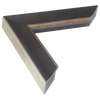 Distressed
Distressed
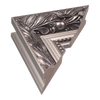 Elegant
Elegant
 Luxurious
Luxurious
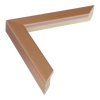 Metallic
Metallic
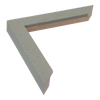 Minimalist
Minimalist
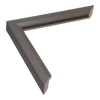 Modern
Modern
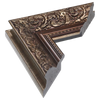 Ornate
Ornate
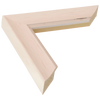 Rustic
Rustic
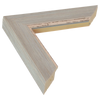 Scandinavian
Scandinavian
 Thin
Thin
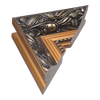 Traditional
Traditional
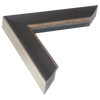 Weathered
Weathered
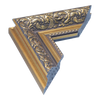 Wide
Wide
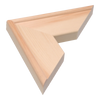 Wooden
Wooden
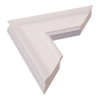 Allure
Allure
 Angle I
Angle I
 Angle II
Angle II
 Baroque I
Baroque I
 Baroque II
Baroque II
 Baroque III
Baroque III
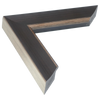 Beach House I
Beach House I
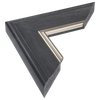 Beach House II
Beach House II
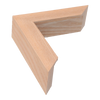 Box
Box
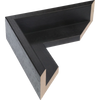 Canvas Float I
Canvas Float I
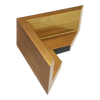 Canvas Float II
Canvas Float II
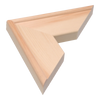 Canvas stretcher bars
Canvas stretcher bars
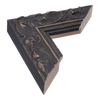 Chateau
Chateau
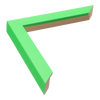 Chroma
Chroma
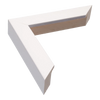 Classic I
Classic I
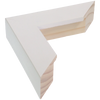 Classic II
Classic II
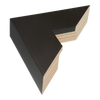 Classic III
Classic III
 Cube
Cube
 Cushion
Cushion
 Diploma
Diploma
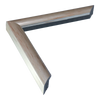 Echo
Echo
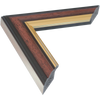 EcoEmpire
EcoEmpire
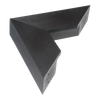 Edge
Edge
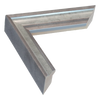 Elegance
Elegance
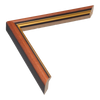 Empire I
Empire I
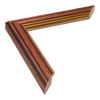 Empire II
Empire II
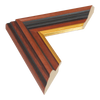 Empire III
Empire III
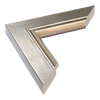 Florenza
Florenza
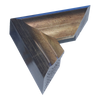 Flow I
Flow I
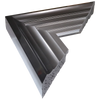 Flow II
Flow II
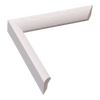 Flux
Flux
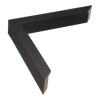 Gelato
Gelato
 Geo
Geo
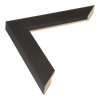 Grace
Grace
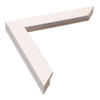 Groove I
Groove I
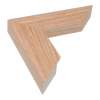 Groove II
Groove II
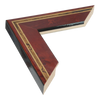 Heirloom
Heirloom
 Hermitage
Hermitage
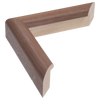 Hockey I
Hockey I
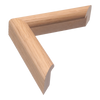 Hockey II
Hockey II
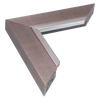 Inset
Inset
 Lacquer
Lacquer
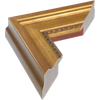 Laurel
Laurel
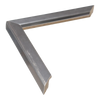 Legacy
Legacy
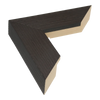 Linear II
Linear II
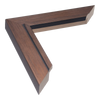 Lined
Lined
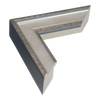 Majestic
Majestic
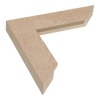 Metro
Metro
 Milano
Milano
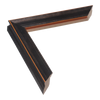 Monarch
Monarch
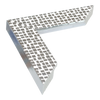 Mosaic
Mosaic
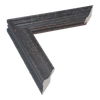 Muse I
Muse I
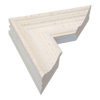 Muse II
Muse II
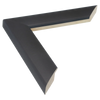 Nero
Nero
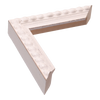 Nimbus
Nimbus
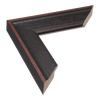 Nordic
Nordic
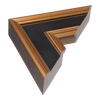 Palazzo
Palazzo
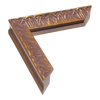 Portico
Portico
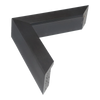 Prima
Prima
 Pure
Pure
 Regency
Regency
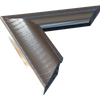 Ripple
Ripple
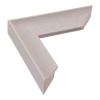 Scoop
Scoop
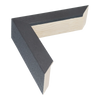 Solid Box
Solid Box
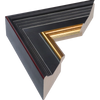 Sovereign
Sovereign
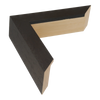 Spacer I
Spacer I
 Spacer II
Spacer II
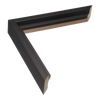 Step
Step
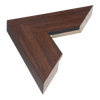 Strata
Strata
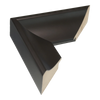 Swoop
Swoop
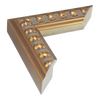 Tivoli
Tivoli
 Tribeca
Tribeca
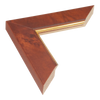 Waldorf
Waldorf
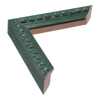 Beaded
Beaded
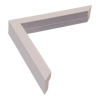 Brushed
Brushed
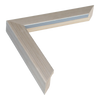 Chrome
Chrome
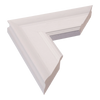 Distressed
Distressed
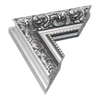 Gilded
Gilded
 Gloss
Gloss
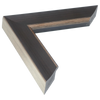 Grain
Grain
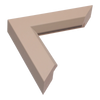 Matt
Matt
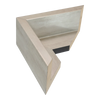 Metallic
Metallic
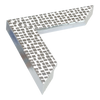 Mirrored
Mirrored
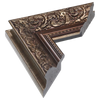 Ornate
Ornate
 Painted
Painted
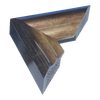 Smoked
Smoked
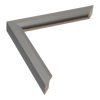 Smooth
Smooth
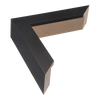 Stained
Stained
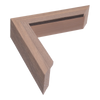 Veneered
Veneered
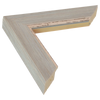 Washed
Washed
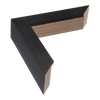 Wood
Wood
